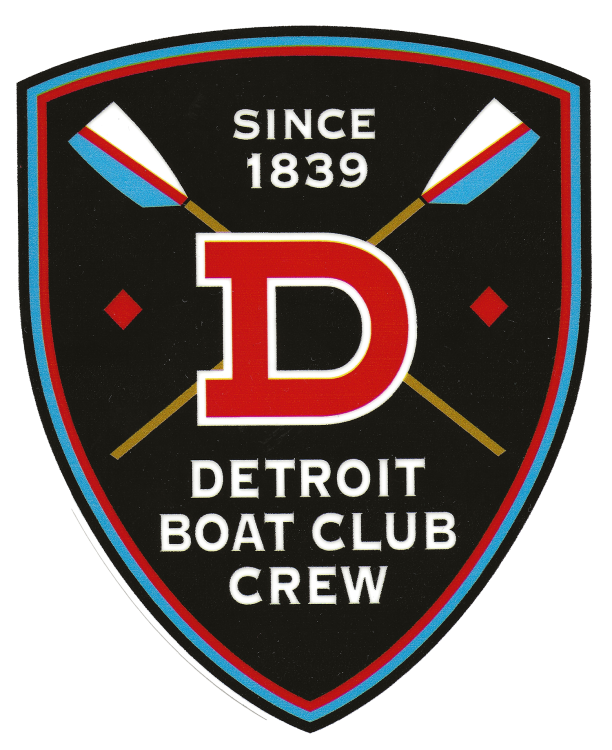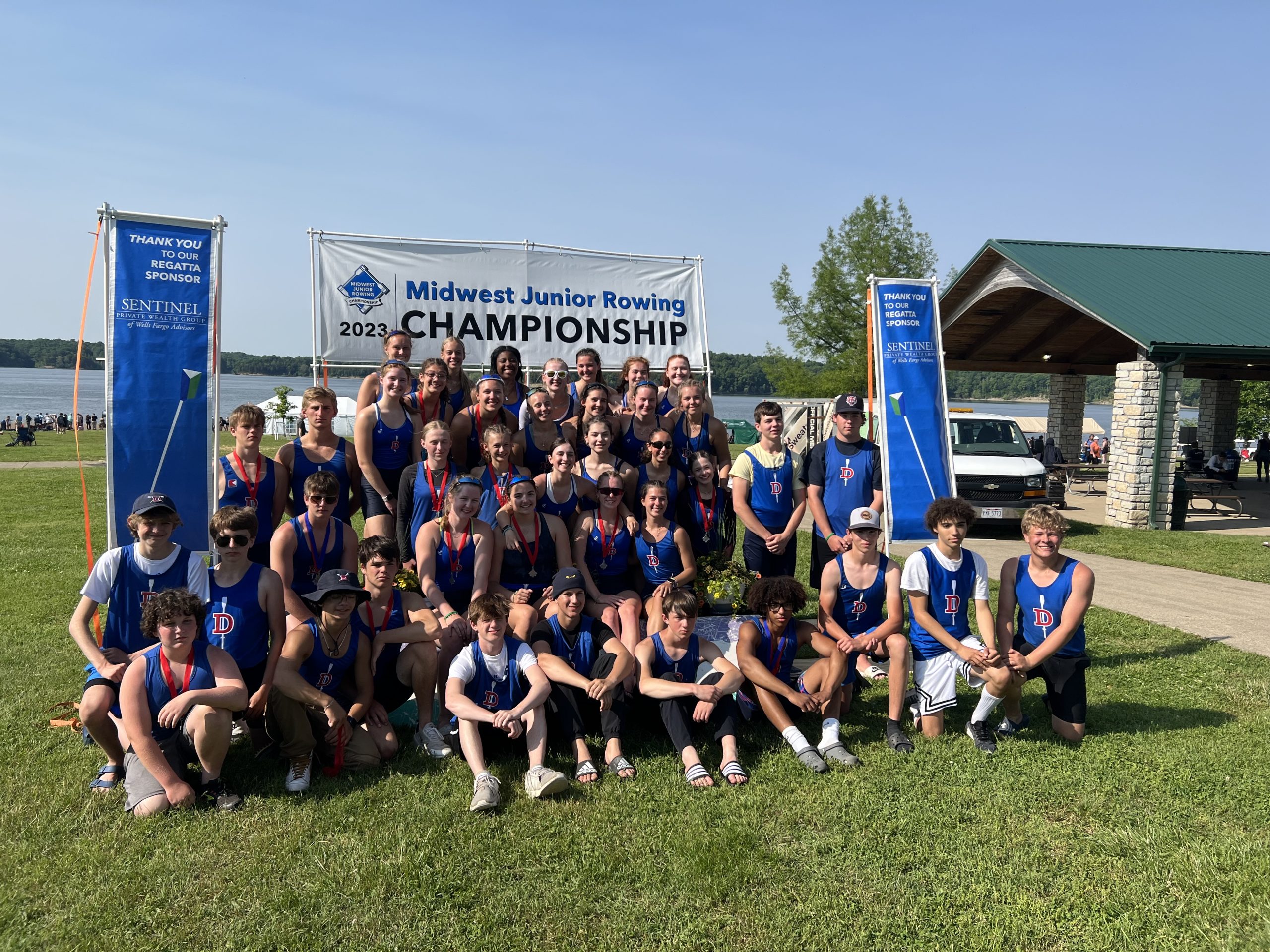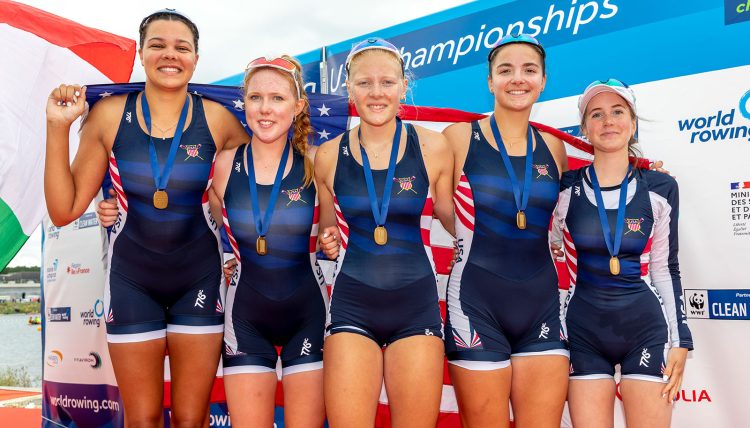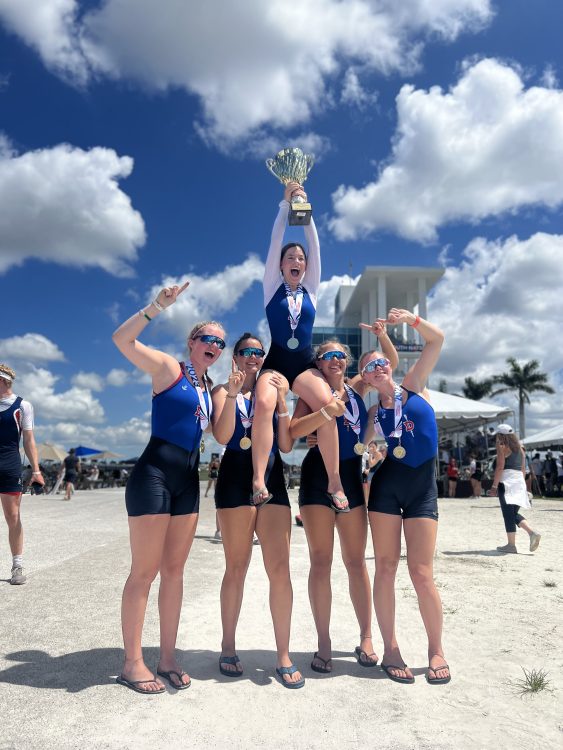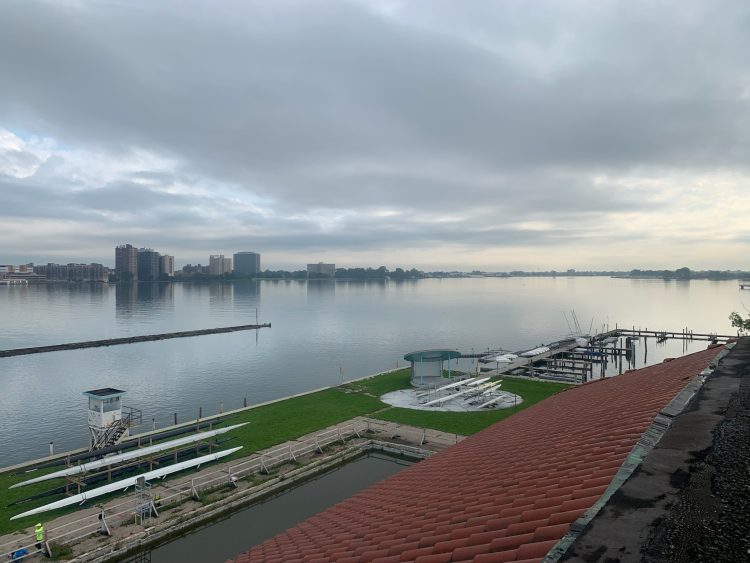Detroit Boat Club Crew
Founded in 1839, The Detroit Boat Club Crew is the oldest rowing club in North America. Its mission is dedicated to the education and promotion of rowing throughout Metro Detroit.
Sponsored by Friends of Detroit Rowing, a 501c3 organization, and a GuideStar Silver Seal of Transparency recipient, the Detroit Boat Club Crew provides competitive and recreational programs for men and women of all ages and abilities, as well as training opportunities for rowers competing on national, international, and Olympic levels
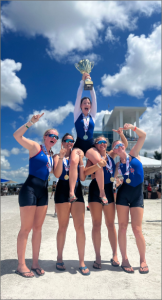
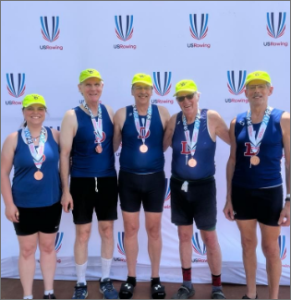
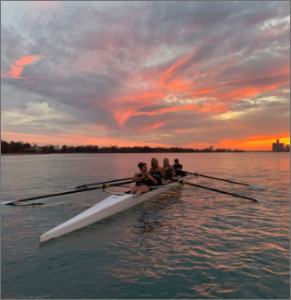
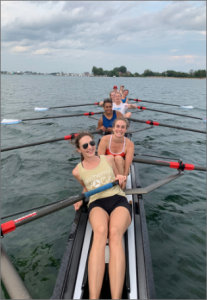
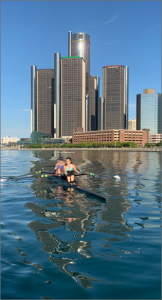
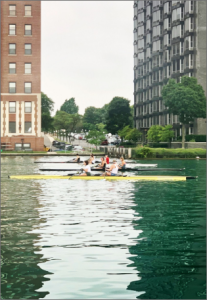
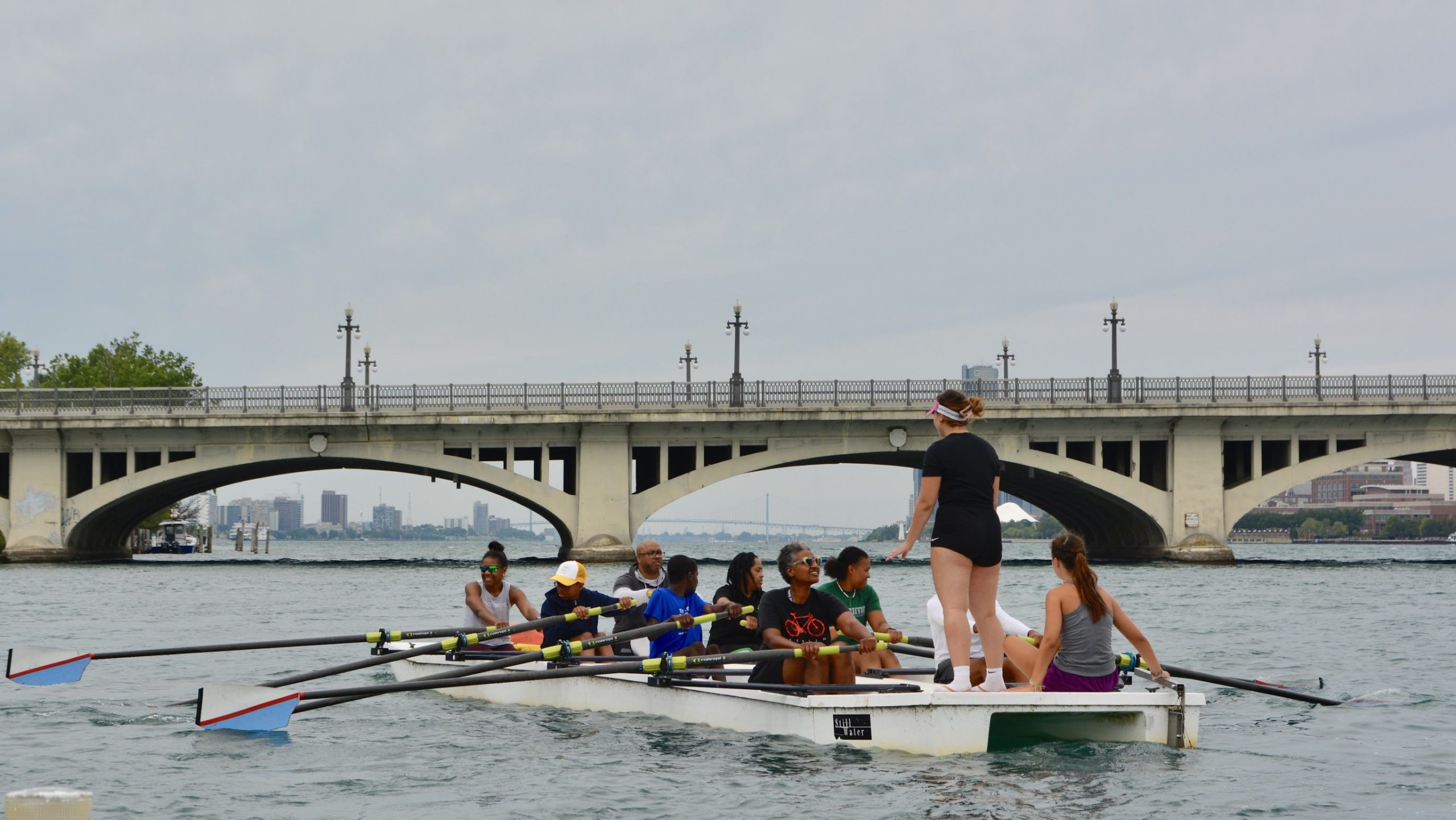
Learn to Row
Get your rowing career started today. We offer classes for ages 11-Adult. Learn more about our programs for middle school, high school, and adult.
